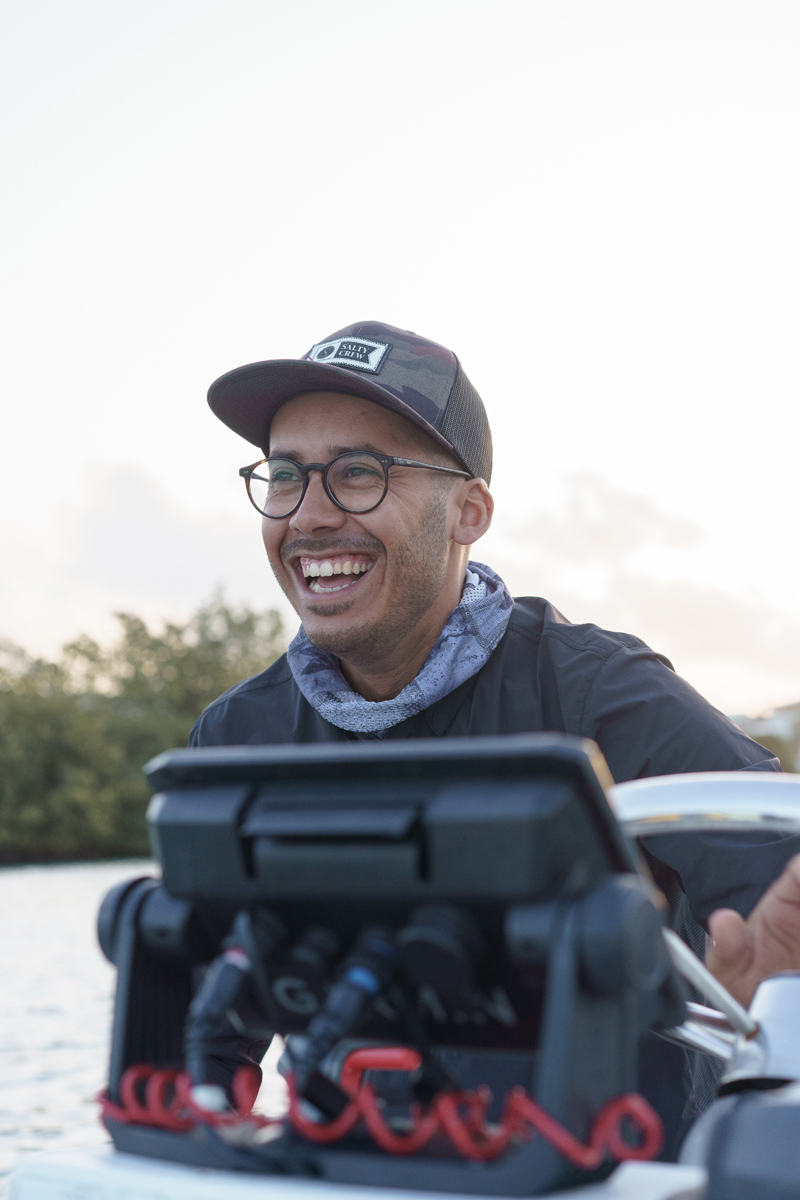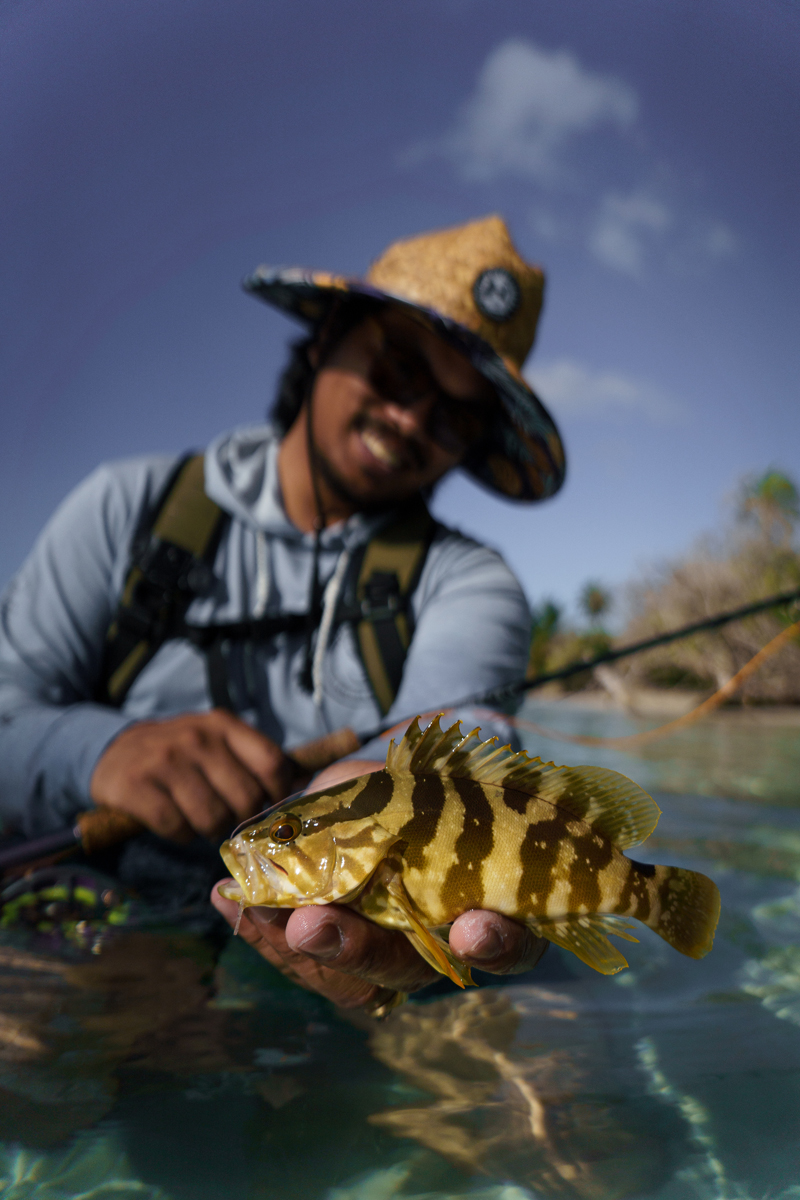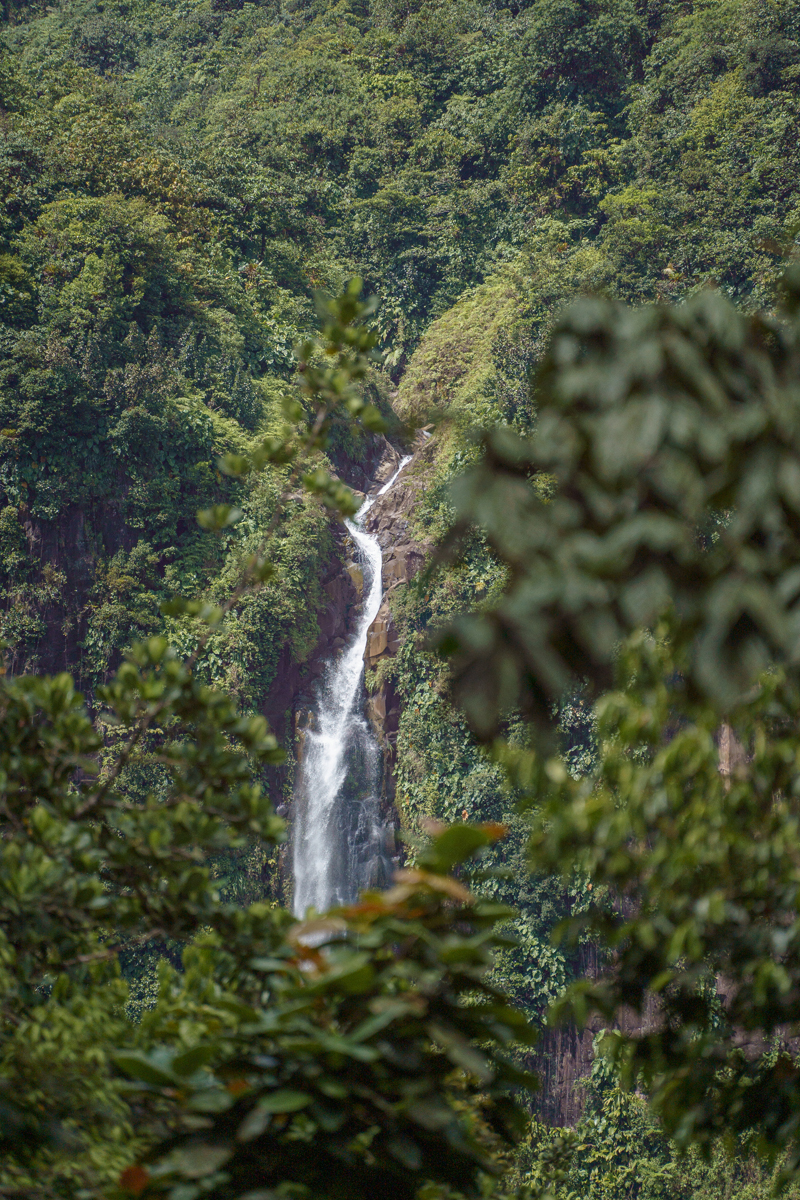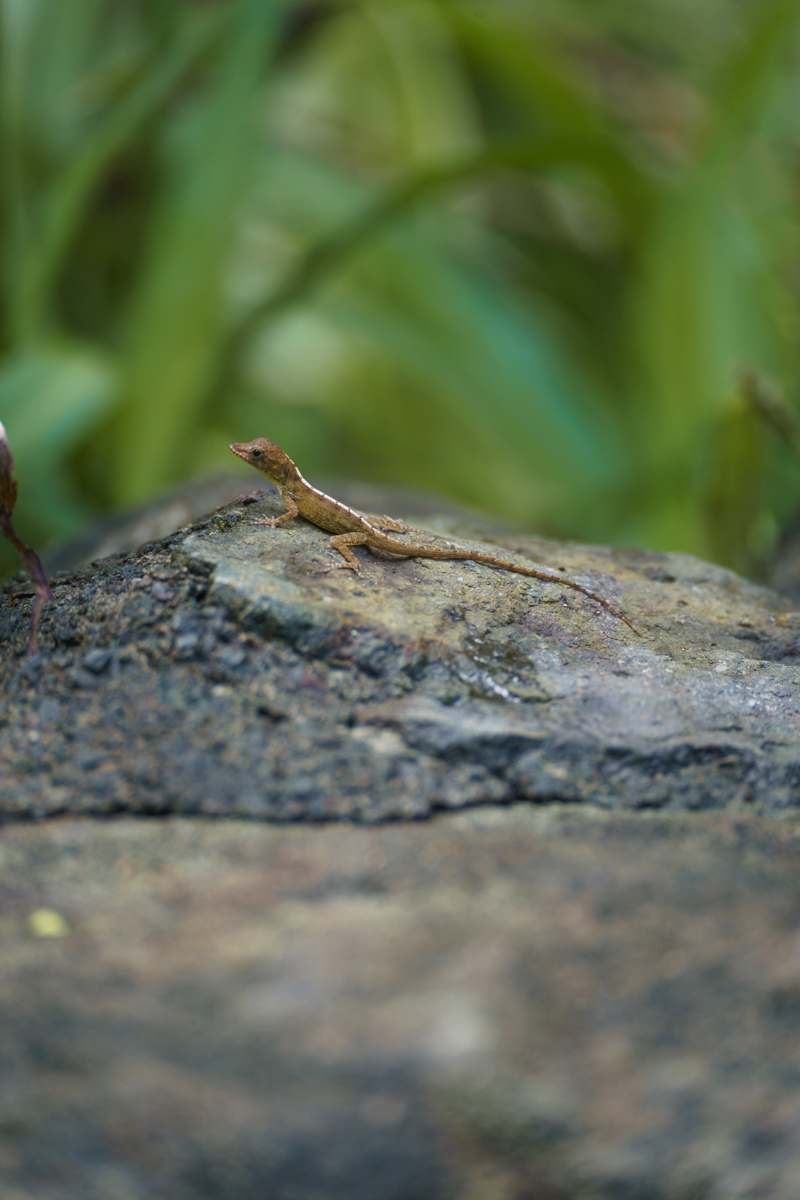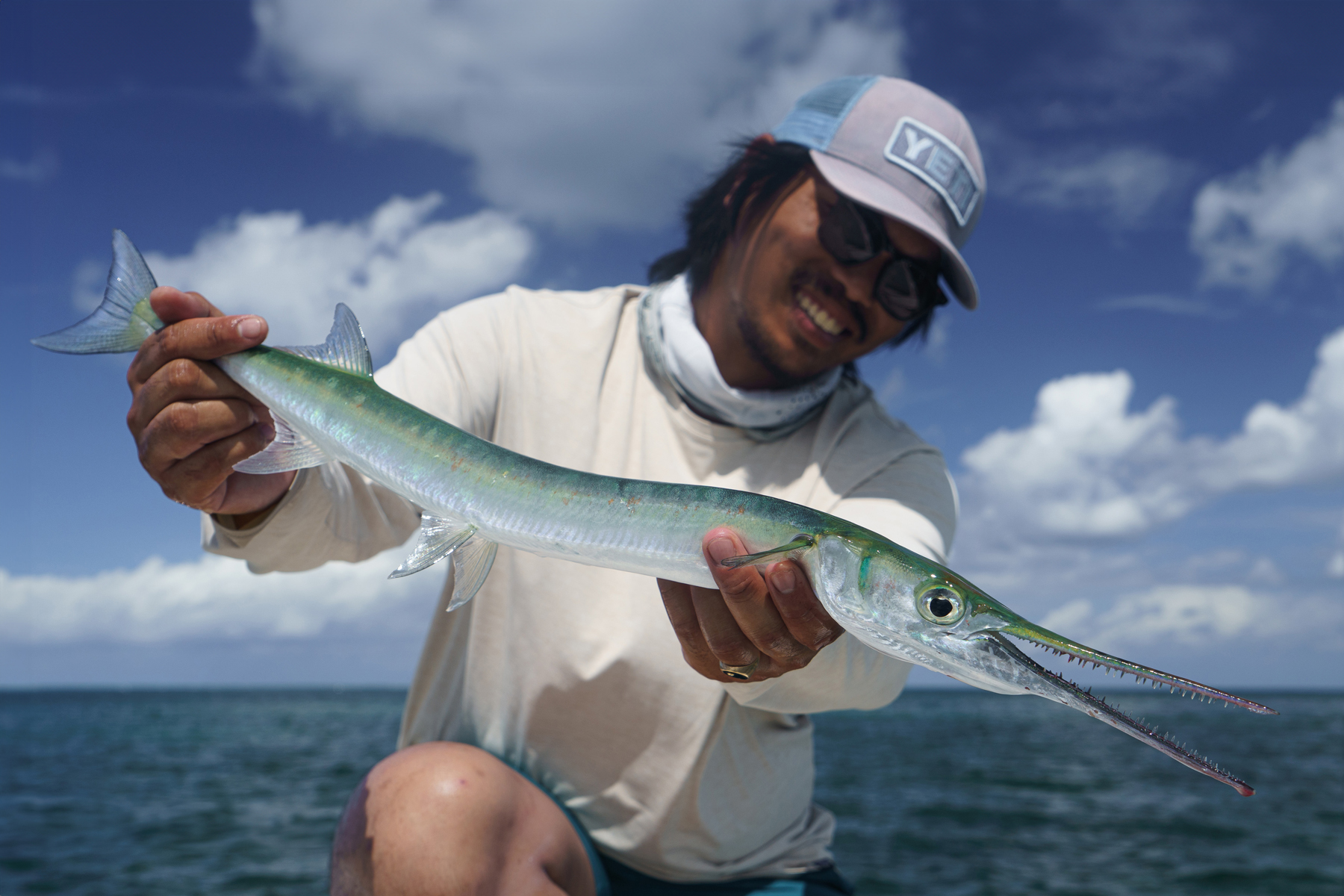
11 minute read
Guadeloupe: Bonefishing in the French West Indies
GUADELOUPE: Bonefishing in the French West Indies
Just an 8-hour direct flight from Paris lies a French territory nestled in the heart of the Caribbean archipelago: the French West Indies. While Guadeloupe is renowned for its tourism and rum, it also offers a diverse array of fishing opportunities for anglers eager to pursue legendary Atlantic species. From flats fishing to exploring mangroves, blind casting along the reefs, or even offshore fishing for big game, the variety of options is perfect for adding a touch of fishing adventure to a more tourism-focused trip.
By FIN CHASERS MEDIA
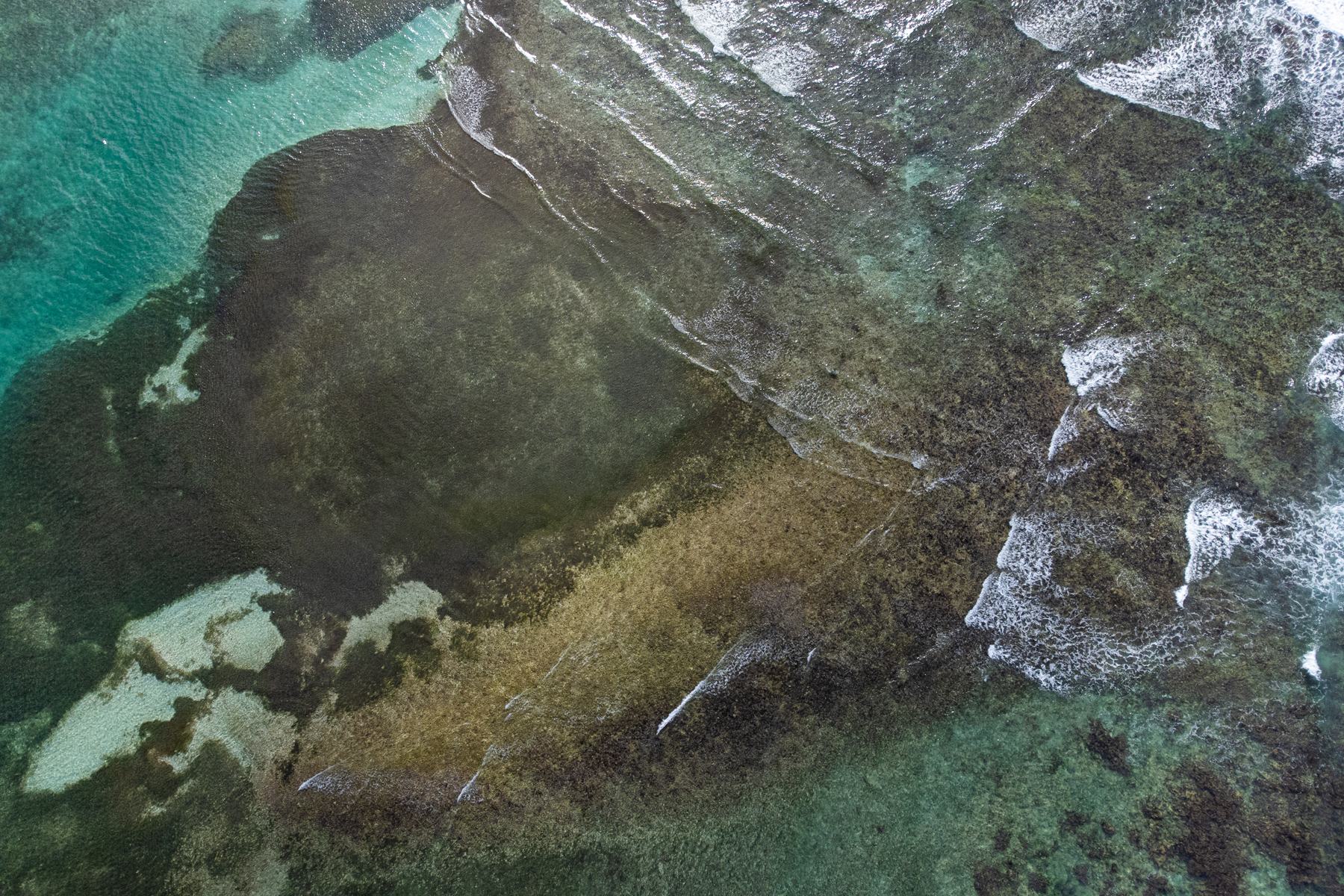
Not Your Average Fly Fishing Destination
Discovered in 1493, Guadeloupe’s history took a significant turn at the beginning of the 17th century when the first French settlers arrived. After nearly two centuries marked by the complexities of the triangular trade, similar to its neighboring Caribbean islands, Guadeloupe officially became an Overseas Region of France in March 1946.

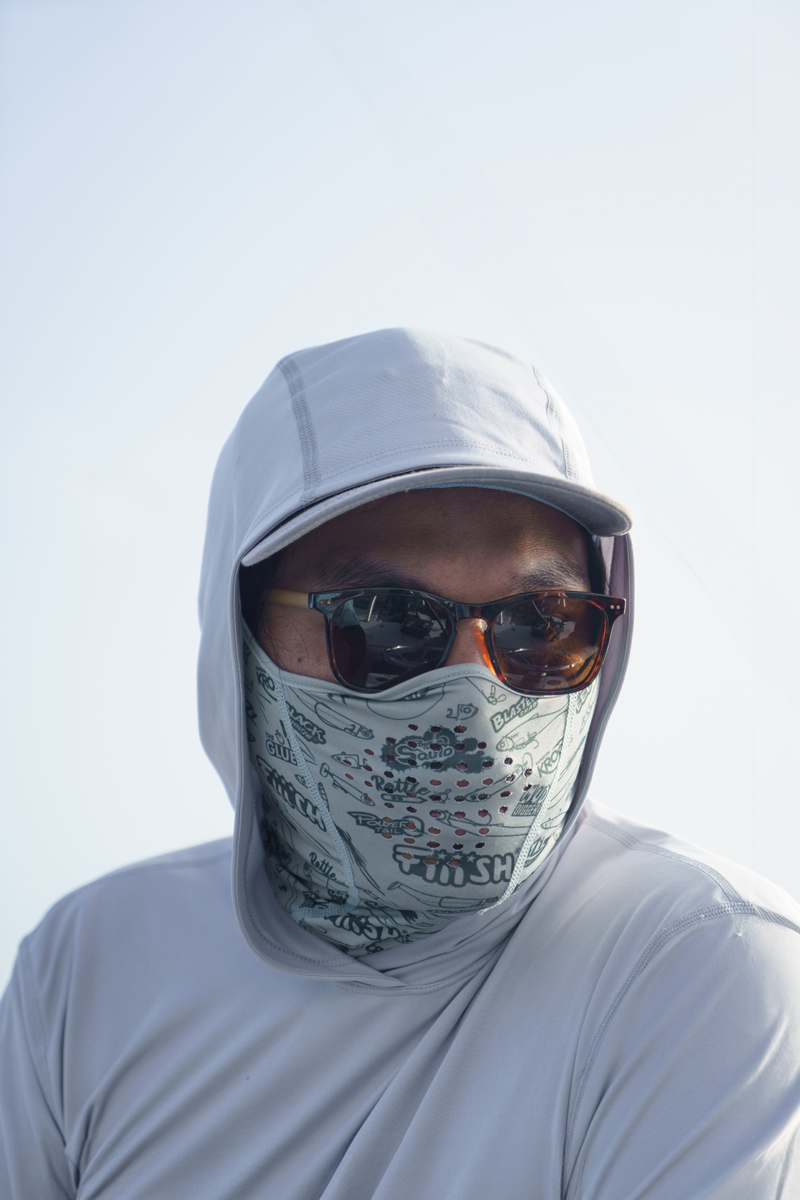
In many ways, Guadeloupe may not resemble your typical tropical fly fishing destination—and that’s precisely its charm.Unlike the remote, untouched islands often featured in fishing magazines, Guadeloupe offers a vibrant, cosmopolitan atmosphere. This apparent hustle and bustle adds to the island’s allure, blending the excitement of urban life with the serenity of nature.
Despite its development, Guadeloupe has maintained a remarkable balance between urbanization and environmental preservation. This harmony is evident in the lush, thriving vegetation and the rich diversity of marine life along the coastline. Protected marine areas and national parks further safeguard the island’s ecosystems, ensuring that nature continues to flourish alongside human activity.
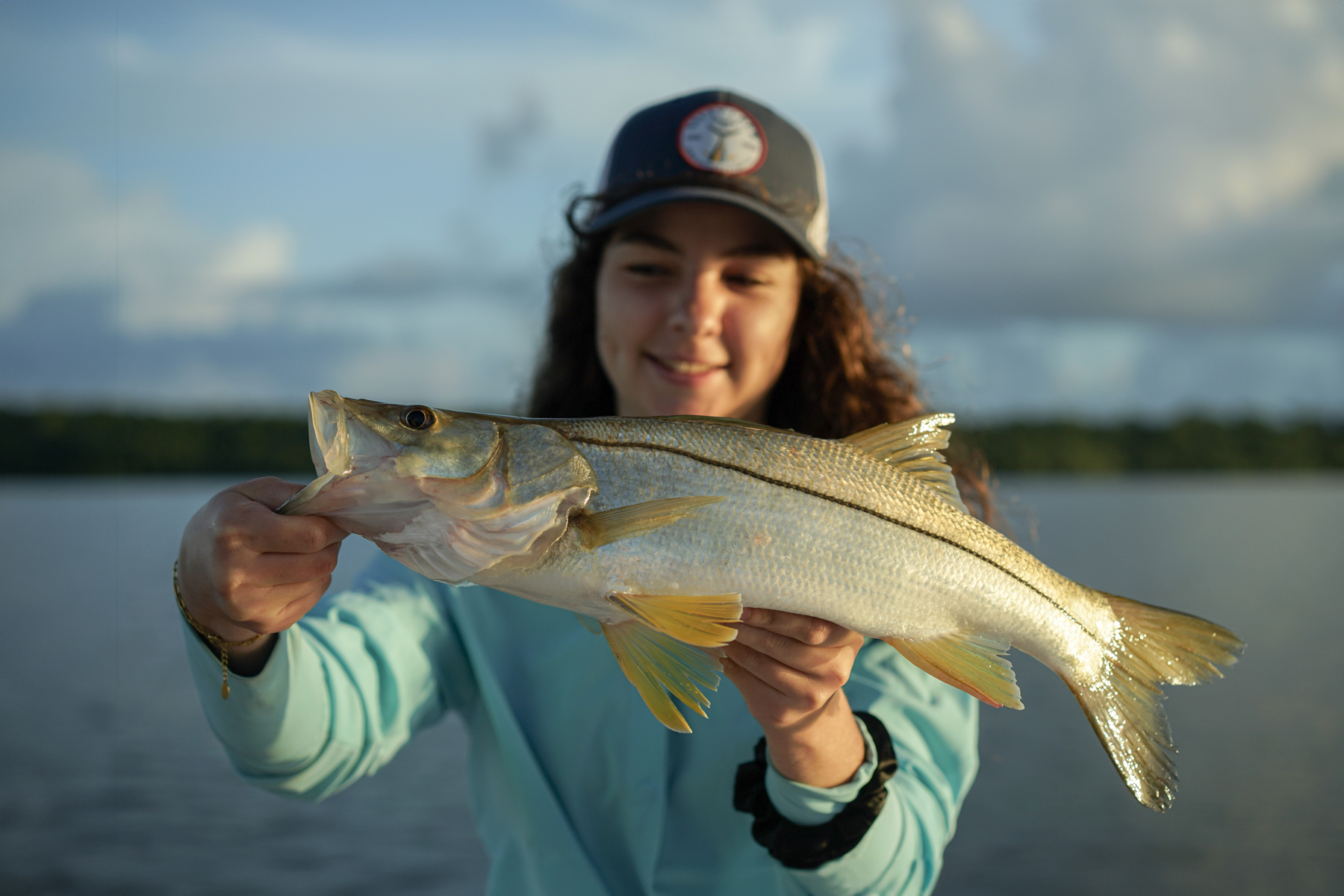
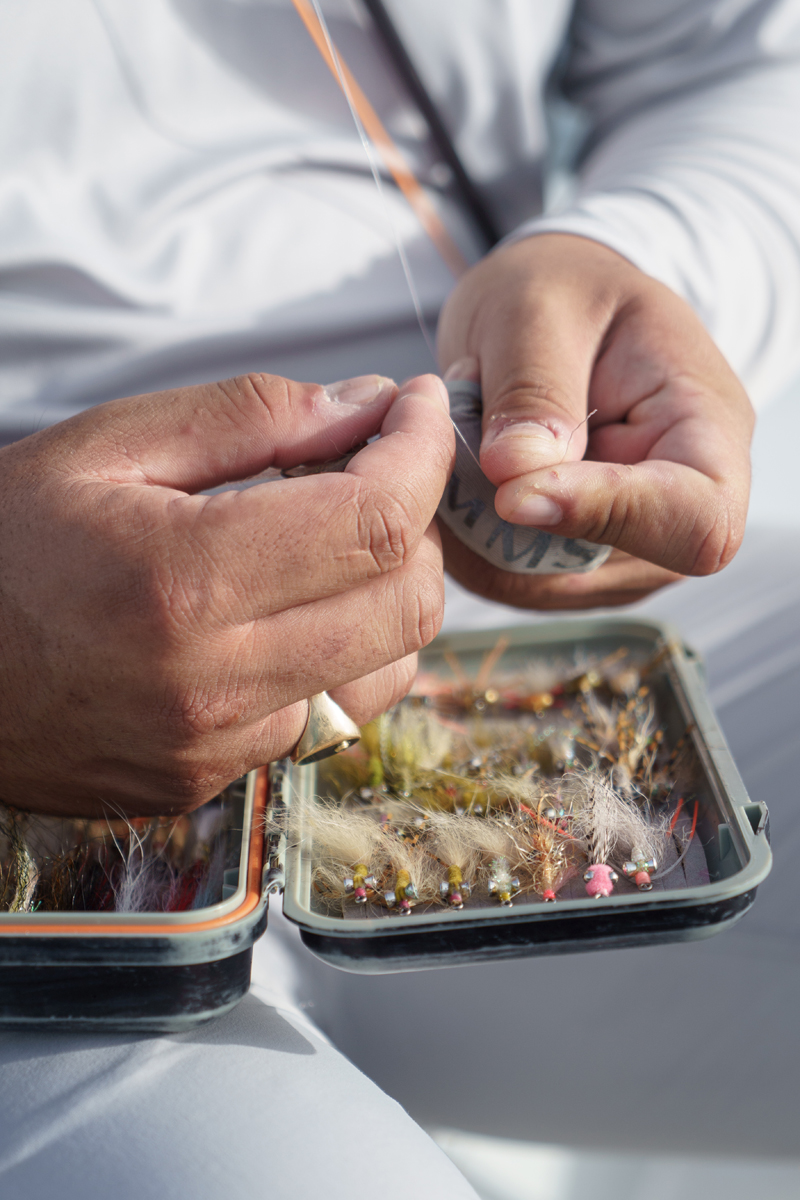
What truly distinguishes Guadeloupe is its ability to blend comfort with adventure. Anglers can enjoy the convenience of modern amenities—restaurants, bars, and activities—while also indulging in the thrill of fishing for legendary species like permit, bonefish, tarpon, and snook. This perfect combination makes Guadeloupe an ideal destination for family trips, allowing anglers to mix tourism with authentic fishing experiences. Moreover, as a French territory, Guadeloupe is easily accessible for European travelers. A direct flight from Paris eliminates the need for multiple connections, boat charters, or long hours on rugged roads. Your trophy bonefish might be just one flight away from your hometown.


Designated Targets
While Guadeloupe may not be the first destination that comes to mind for fly fishing, it offers the opportunity to pursue world-class species. With favorable conditions and a bit of luck, anglers can target the “big four”: bonefish, tarpon, permit, and snook.
The island is home to a variety of saltwater species, including a solid population of resident baby tarpon, complemented by larger migratory tarpon that arrive with the sargassum. Anglers will also find a healthy population of large bonefish, a few permit, and massive snook, with some individuals exceeding the 100cm mark.

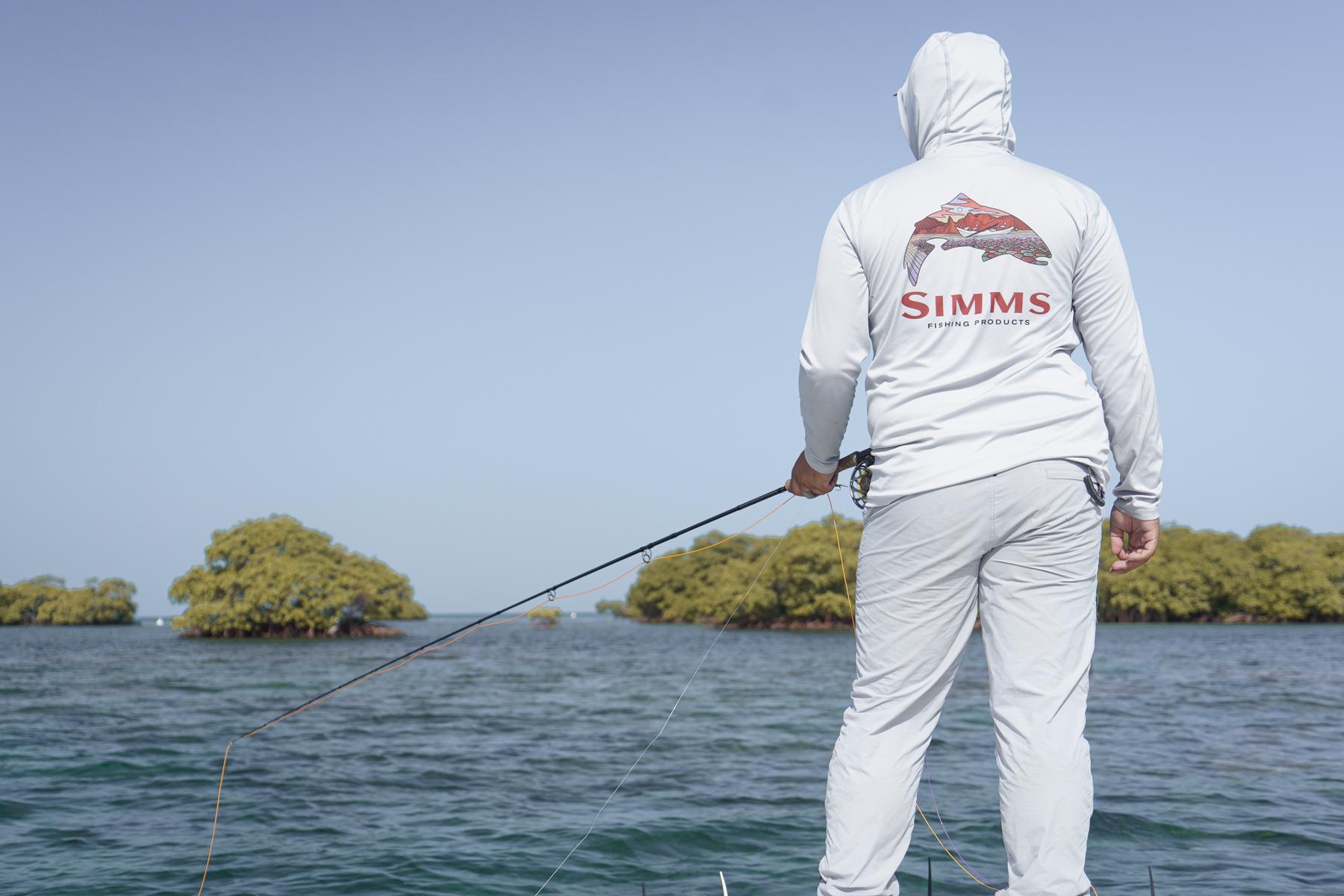
The Silver Rockets
The primary focus of our recent Caribbean trip was, of course, the bonefish. This elusive species, known as the “ghost of the flats,” has inspired countless stories over the years. While we don’t claim to reinvent the game when it comes to chasing this silver rascal, we were eager to experience the thrill of hooking one of these silver rockets.
In the French West Indies, bonefish can grow large, with specimens measuring up to 65cm being quite common. However, they rarely school in large numbers. Most encounters involve small groups of four or five fish, or even a lone individual patrolling the flats in search of an easy meal.
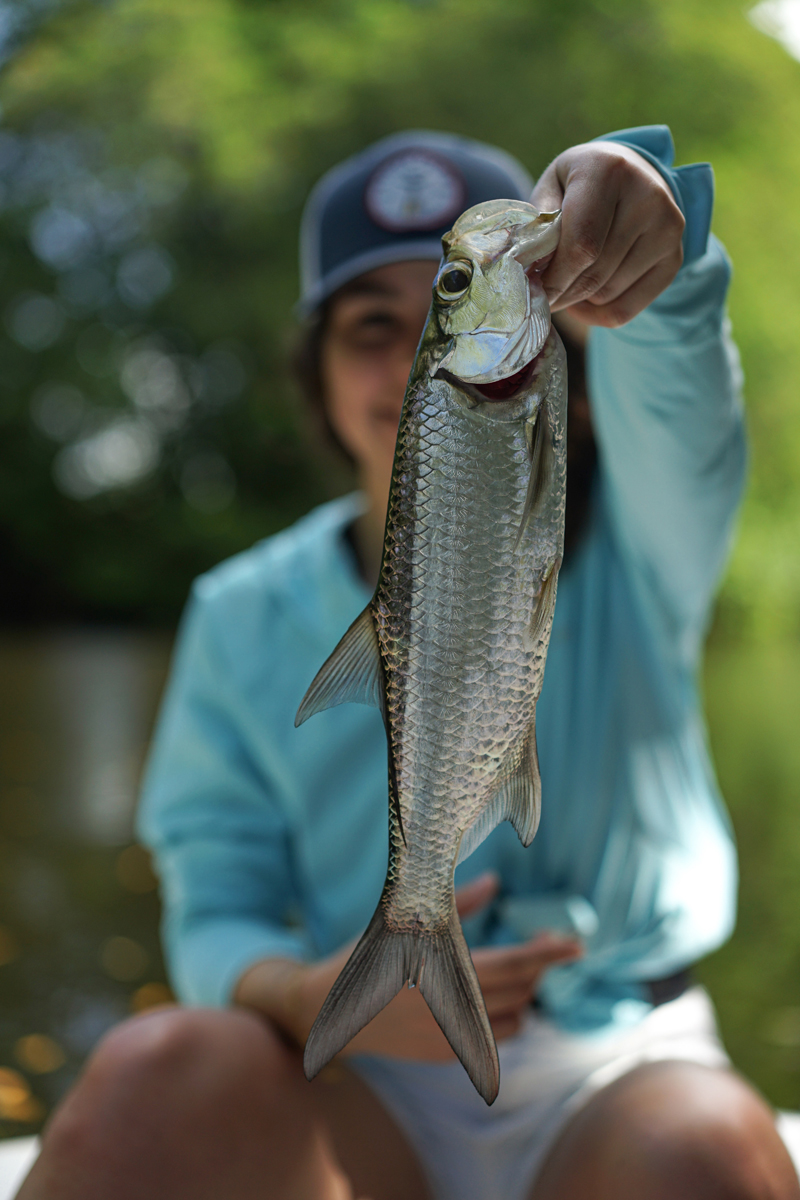

Guadeloupe’s bonefish inhabit a range of environments, from flats and mangroves to deeper areas and sandy beaches. For fly anglers, the sight of bonefish tailing in shallow waters is an exhilarating experience.
“These fish are well-educated and can be very spooky”
Most of these bonefish are resident fish that remain in the same areas yearround. This familiarity with their environment makes them highly aware of their surroundings and often wary of anglers. With only a few accessible flats across the main islands, and the most productive ones being the most visited, these fish are well-educated and can be very spooky.
To maximize your chances, stealth is essential. Using a long leader with lightly weighted or unweighted flies and casting accurately are crucial. In short, landing a big Guadeloupean bonefish requires patience, skill, and persistence.

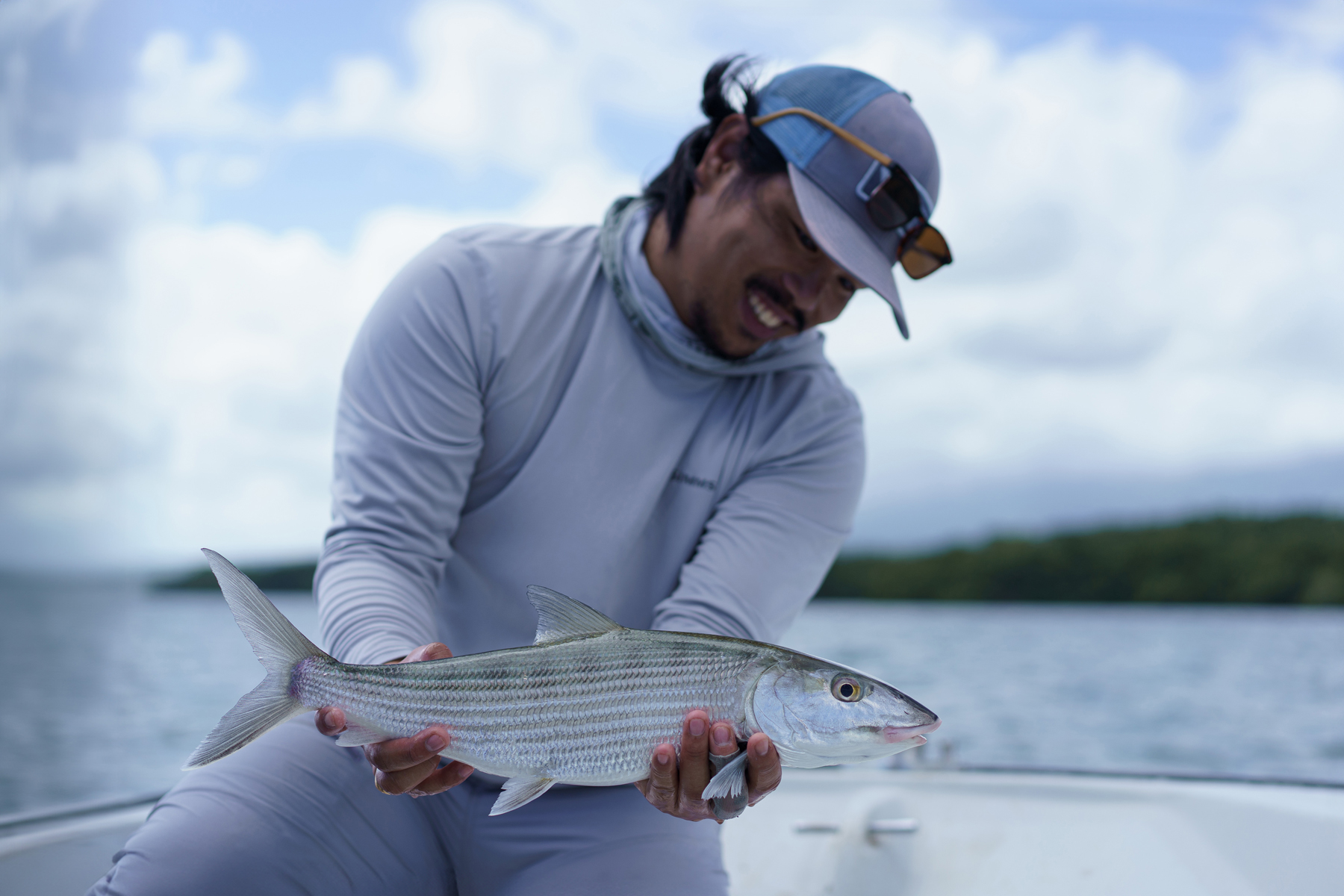

The Spots
If bonefish are your primary target, be prepared for a different experience than the sandy white flats of the Bahamas. In Guadeloupe, the flats’ bottoms are composed of sharp rocks, dead corals, and turtle grass. A good pair of wading shoes is essential to protect your feet.
Whether accessed from shore or by boat, the flats are typically near the surf break, meaning the reef is close by. This proximity can make fights challenging; hooking a massive bonefish near the reef can test both your nerves and your gear.
If the fish reaches the reef, it’s game over. However, this setup also makes fishing exciting, as these reefs hold the fish. By timing your visits with the right tides and identifying the spots where the fish frequent, you’re likely to encounter them again during the next tide.


If the bonefish aren’t active on the flats, consider targeting them around the mangroves. While it’s impossible to access these areas on foot, fishing from a skiff can be highly productive. These bonefish are more mobile, patrolling slightly deeper waters, and are less pressured due to the difficulty of accessing these spots from shore.
In these areas, it’s beneficial to have an additional, heavier rod setup with a baitfish or popper pattern. You might encounter a big barracuda, a tarpon, or a fat snook - excellent bycatches that add to the adventure.

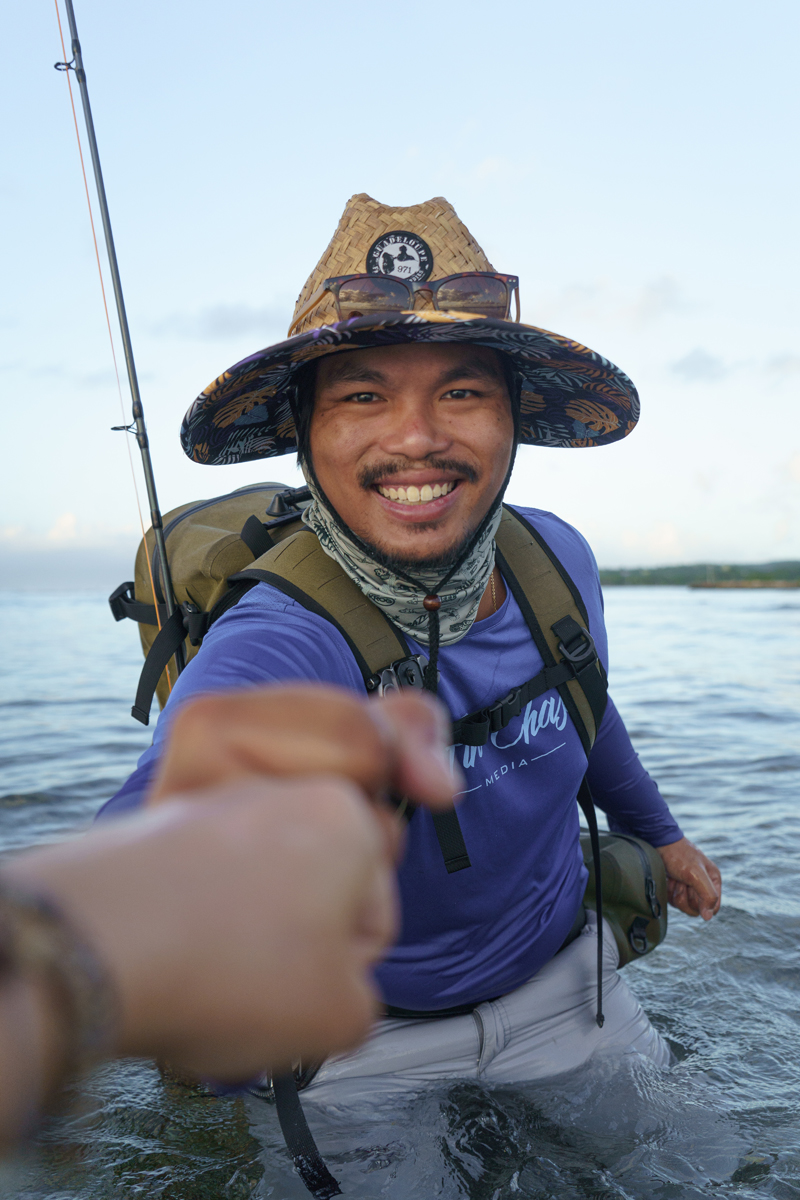
What Should You Bring?
When it comes to tackle, anglers are often tempted to pack more than they actually need. In Guadeloupe, two rod setups - an 8-weight and a 10-weight - will cover roughly 90% of the fishing situations you’re likely to encounter, especially if you’re targeting flats and mangrove areas.
However, bringing a third setupa 9-weight rod with an S5 sinking line - can be a good idea if you plan to do any blind casting along the reef for other colorful reef species or pelagic tarpon in deeper water.
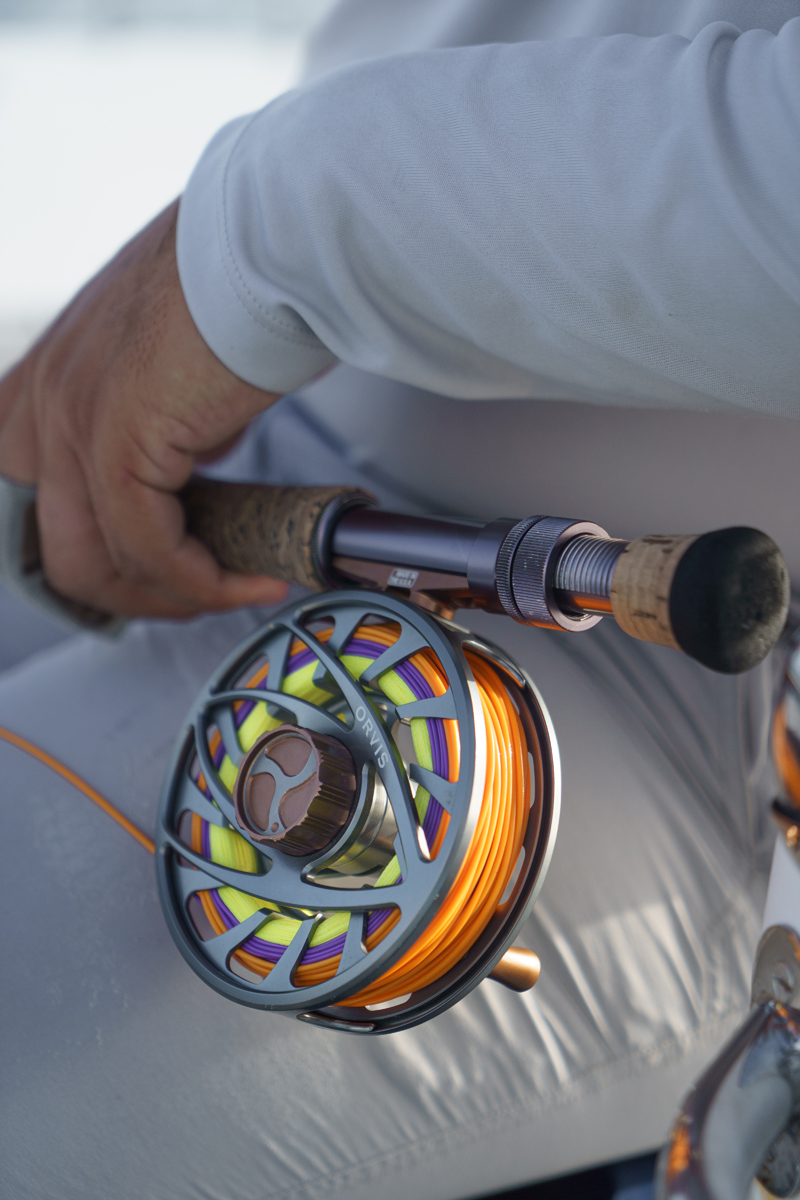
Since tarpon and other large predators (with the exception of barracuda) rarely cruise the flats, it’s a good idea to carry two separate fly boxes: one with baitfish patterns in a variety of sizes and colors, and another with shrimp and crab flies. On the subject of crustacean patterns, we’ve found that crab imitations are not particularly popular among local anglers - or the fish.
Even for permit, patterns like the Mantis Shrimp tend to be much more effective. That said, perhaps more important than the specific fly pattern is the range of weights you bring. Most of the time, you’ll be intercepting tailing fish in just a few centimeters of water, and these fish can be extremely wary. Very lightly weighted or unweighted flies will be key to your success.
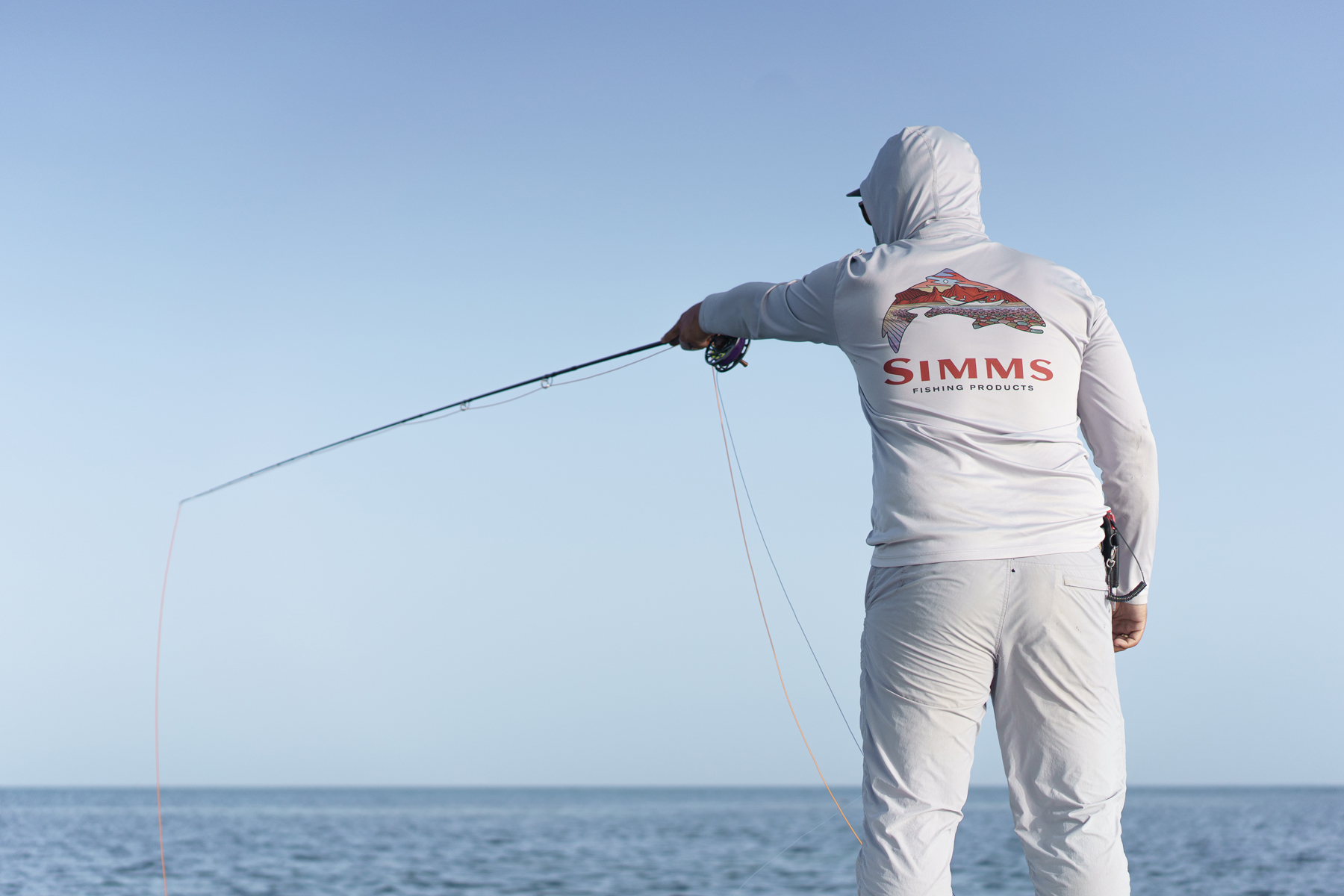
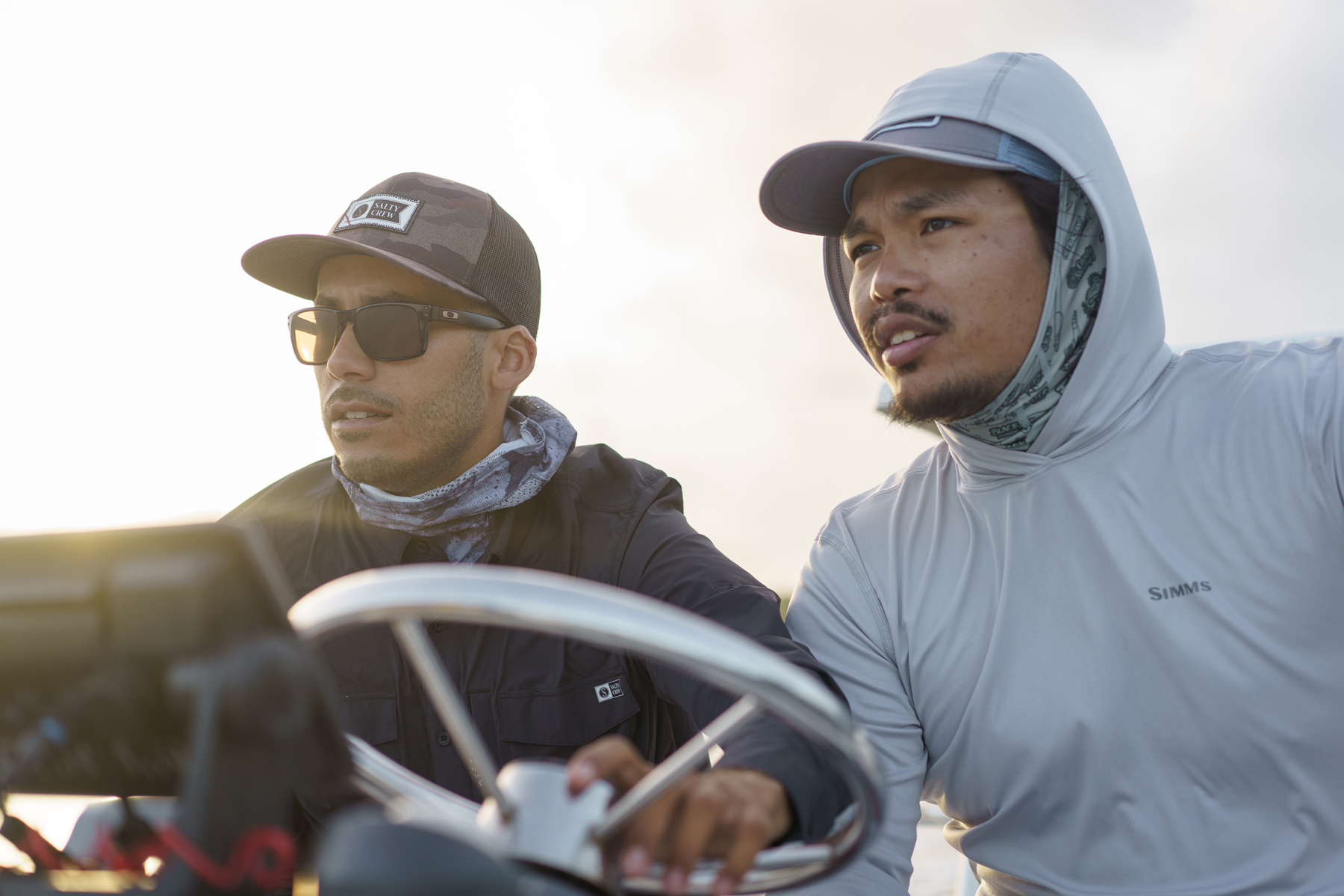
Because you’ll spend a lot of time in the water - and because of the sharp, uneven flats we mentioned earlier - a solid pair of wading shoes is essential. As with any tropical destination, good UV protection and a reliable cap or wide-brimmed hat are a must. We personally prefer long-sleeve shirts and always pack a UPF 50 neck gaiter. Not only does it protect us from sunburn, it also reduces the need for sunscreen - which the marine ecosystem will surely appreciate.
“Most of the time, you’ll be intercepting tailing fish in just a few centimeters of water”



Finally, a waterproof backpack can be incredibly useful to keep your gear safe while wading or crossing deeper water to reach the flats. Even though most flats are just a few hundred meters from shore, some require a short swim depending on the tides. A dry bag will protect your electronics, cameras, and any other sensitive items.
Make sure to pack the essentials in that backpack as well: a good pair of pliers, sharp nippers, spare leaders and tippet material, and a quality pair of polarized sunglasses.
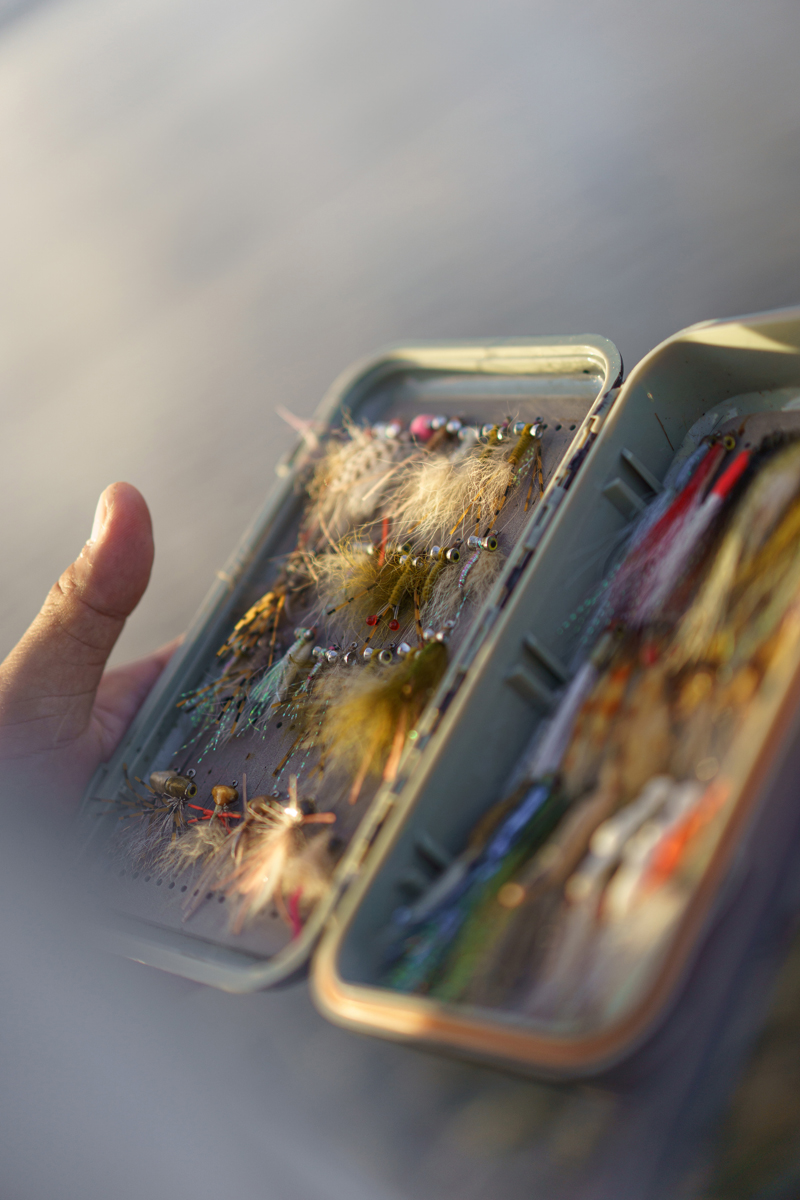
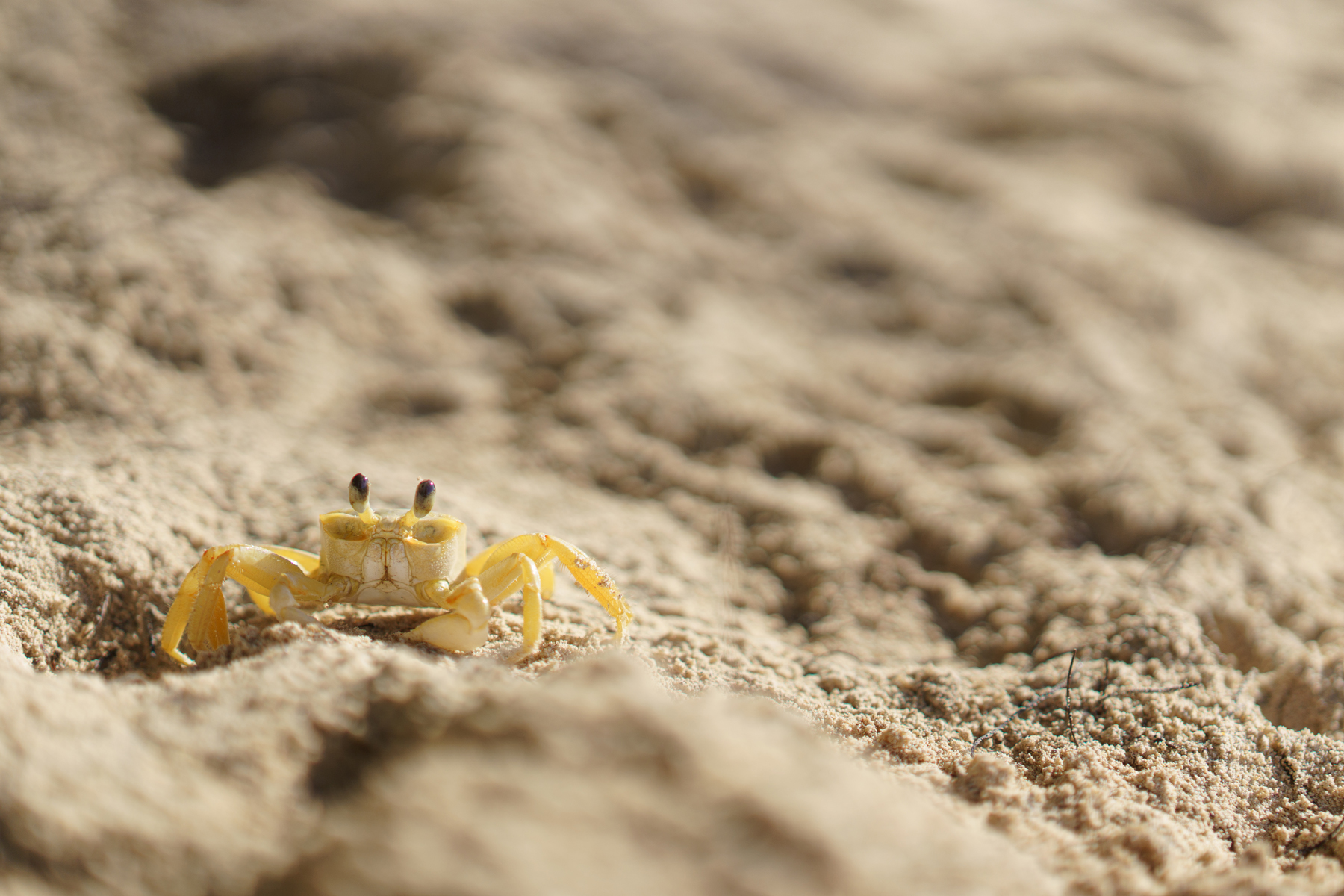
Guadeloupe in a Nutshell
Guadeloupe is an archipelago located in the eastern Caribbean Sea, forming part of the Lesser Antilles. It sits approximately 600 km southeast of Puerto Rico and about 110 km north of Dominica. Geographically, it consists of two main islands - Grande-Terre to the east and Basse-Terre to the west— separated by a narrow channel called the Rivière Salée. These are surrounded by smaller islands including Marie-Galante, La Désirade, and the Îles des Saintes. As an overseas region of France, Guadeloupe combines French infrastructure and governance with rich Caribbean culture.


Located in the tropical belt, Guadeloupe enjoys warm weather yearround, with a distinct wet and dry season influenced by the trade winds. Its proximity to both the Atlantic Ocean and the Caribbean Sea contributes to the richness of its marine ecosystems.
The Pointe-à-Pitre International Airport (PTP) is Guadeloupe’s main travel hub and one of the busiest airports in the Caribbean.
Located near Les Abymes and just minutes from Pointeà-Pitre, it offers direct flights from France through carriers such as Air France, Air Caraïbes, Corsair, and French Bee. There are also regional connections to neighboring islands like Martinique, Saint Martin, and Dominica, along with international flights to destinations such as Miami and Montreal. With modern facilities, rental car options, and close access to top fishing locations, it’s an ideal gateway for anglers heading to the French West Indies.
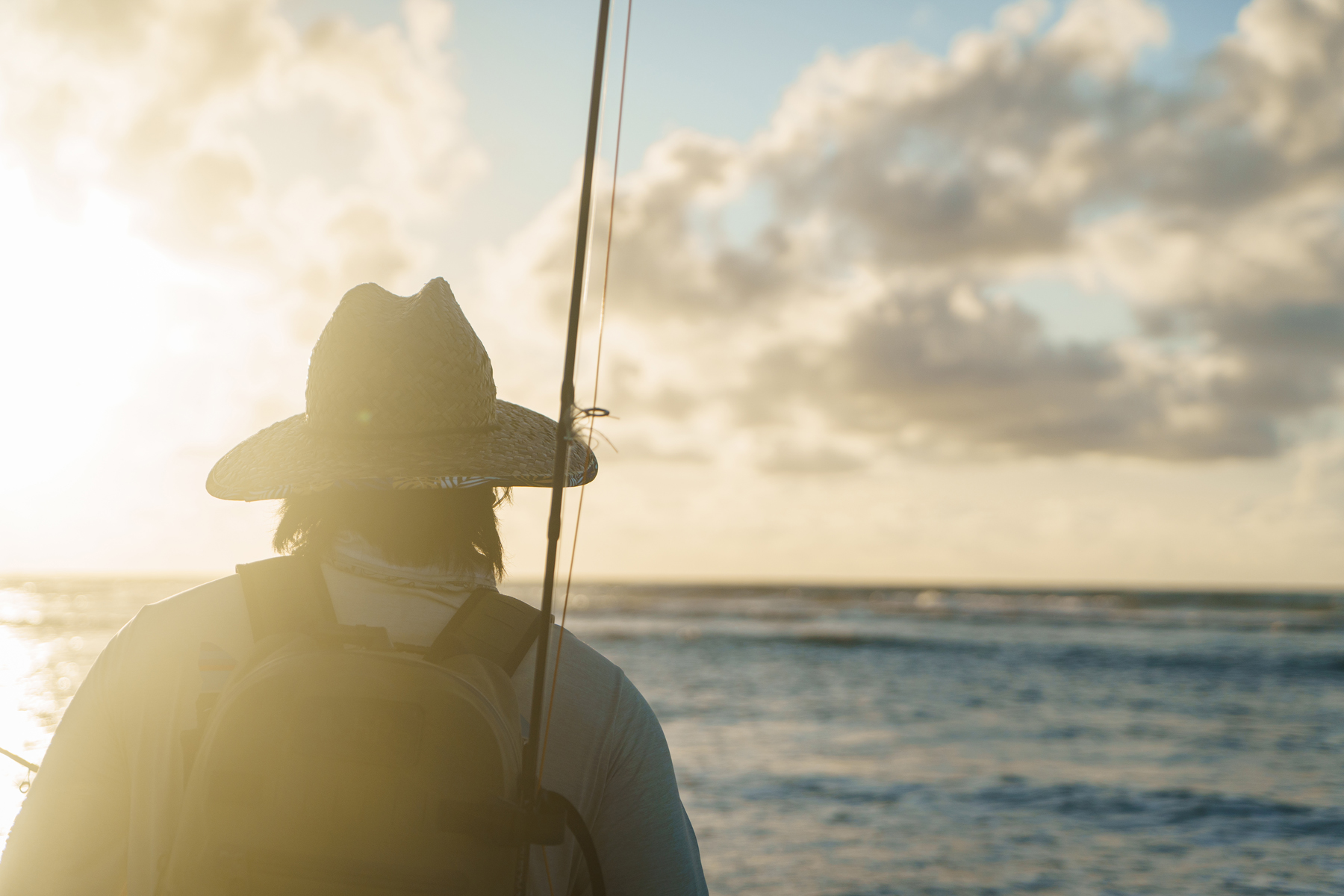
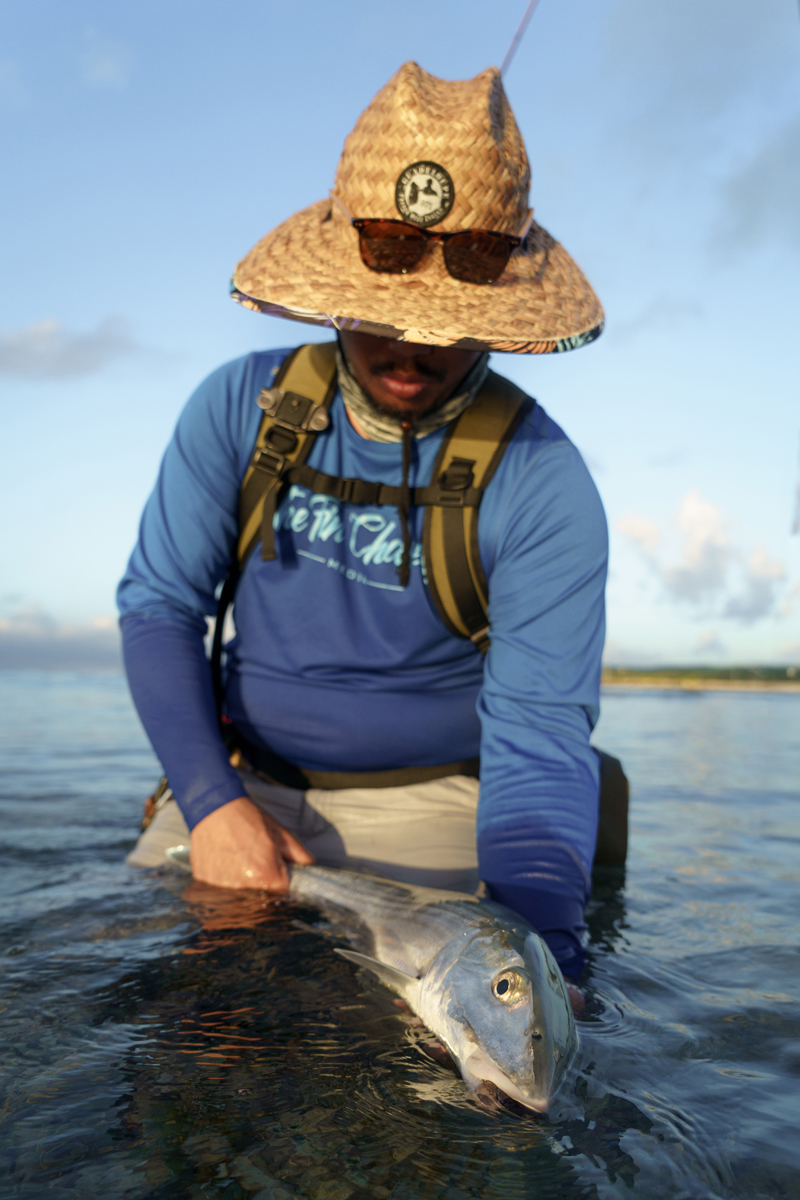
Fishing in Guadeloupe is possible year-round, but the best months typically run from April to July, when water temperatures rise and sargassum begins to wash up along the coast, attracting baitfish and larger predators. Although Guadeloupe is a great destination for DIY (doit-yourself) fishing, hiring a local guide can significantly improve your experience. Whether it’s to save time, access otherwise unreachable spots, or benefit from local knowledge, fishing with a guide is always a smart move.
During our last two trips, we had the pleasure of fishing with Julien Audonnet, founder of Julien Guide de Pêche. Over the years, Julien has built a strong team of skilled guides, each bringing a unique set of tools and expertise to handle most fishing conditions. We especially enjoyed our sessions with Mika, who welcomed us aboard his 17-foot Mitzi Skiff - perfectly suited for flats fishing.
More information at: www.julienguidedepeche.com

